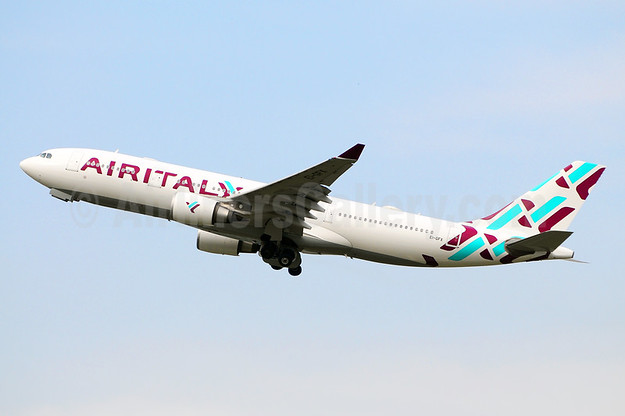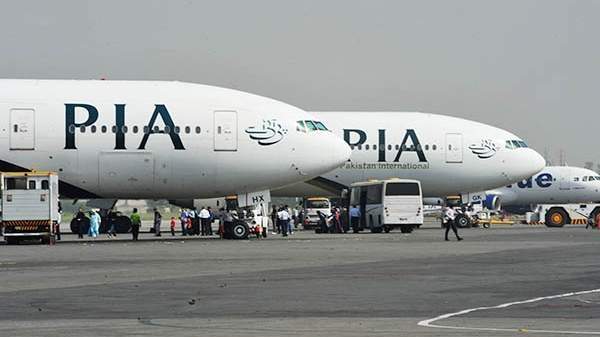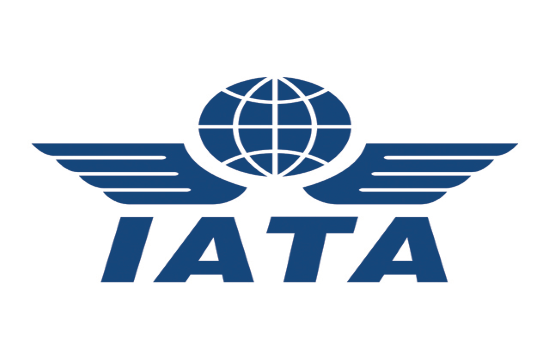
Air Italy signs code share agreement with Bulgaria Air
March 1, 2019
PIA to resume flights to UAE, Saudi on priority basis
March 2, 2019Mexico City – The International Air Transport Association (IATA) called on the government of Mexico to work closely with the air transport industry as it develops airport infrastructure to meet growing demand for air connectivity in the country’s main gateway of Mexico City.
Mexico City International Airport was designed for 32 million passengers annually but handled 48 million in 2018. The new Mexican government cancelled the New Mexico City International Airport (NAIM) project which was under construction with a design capacity of 120 million. With passenger traffic set to grow by 3.6% annually over the next two decades, Mexico faces a capacity crisis in its capital.
The government is now proposing a three-airport system for the city: continued operation of the current Mexico City International Airport, increased use of Toluca Airport and conversion of the Santa Lucia Airbase for civilian use.
“The industry is disappointed in the decision to cancel the NAIM project. But the decision has been made. Safe and efficient air connectivity is critical to the Mexican economy and national development. Implementing a three airport solution presents major technical and commercial challenges. It is imperative that the government and industry stakeholders work together to find the best way forward,” said Alexandre de Juniac, IATA’s Director General and CEO at the opening of the Aviation Summit Mexico hosted by IATA with the support of Canaero, ALTA and ACI-LAC.
Aviation is critical to Mexico economic and social development. The industry contributes some US$38 billion to the Mexican economy and supports 1.4 million Mexican jobs. “The decision to cancel NAIM puts at risk 200,000 future jobs and an economic boost of US$20 billion annually by 2035,” said de Juniac.
While the government is developing details of its NAIM alternative plans, IATA laid out some key considerations:
- Basic airline needs must be met. The goal to deliver sufficient infrastructure to meet demand must be made available, matched to user needs, and at costs that are affordable.
- Airline experience must be taken into consideration. Airlines have vast experience in understanding both passenger and market needs. So they are also in the best position to make decisions on which airport to serve in light of commercial realities.
- Air Traffic Management must support safe and efficient operations. “The three airports are in very close proximity, in mountainous terrain and at high altitude. Delivering safe and efficient operations will be challenging. I cannot over-emphasize the need for technical coordination with operators to carefully manage these parameters. Safety must never be compromised. And we don’t want to find that investments in these three airports are compromised by air traffic management requirements that ultimately limit their utilization. Getting air traffic management right is mission-critical,” said de Juniac.
- Scarce slot capacity must be allocated in full compliance with IATA Worldwide Slot Guidelines (WSG). The WSG is a fair, transparent and global system that works on accepted global standards at over 200 airports. “It is good to see that the present Mexico City Airport is already progressively moving to align to WSG. But it is a global system, so full compliance is critical,” said de Juniac.
“There is a capacity crisis in Mexico City and there is no time to lose in finding a solution. Airlines urgently need to know what infrastructure will be available and when. Then we can start a dialogue with the government that is focused on the best way to use it. If the decisions are politically motivated or bureaucratically assigned, the results are likely to be sub-optimal,” said de Juniac.



